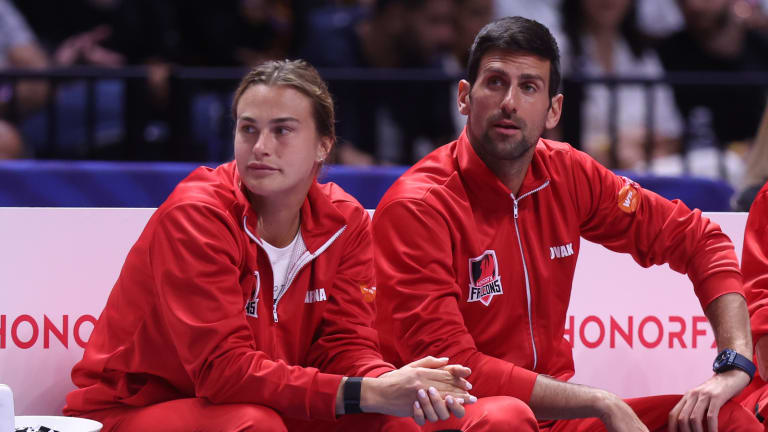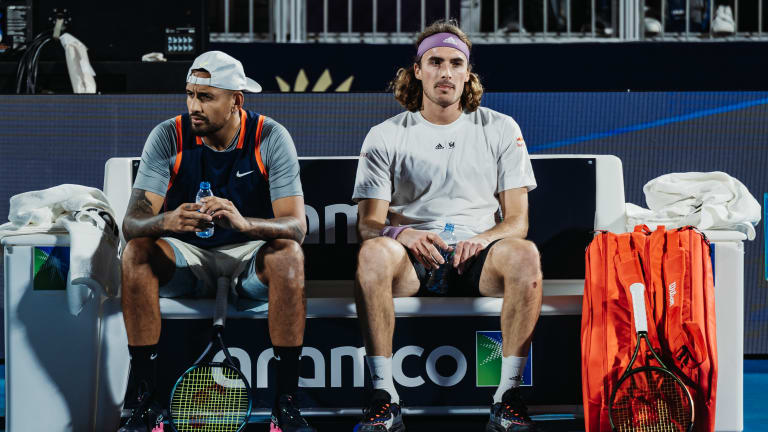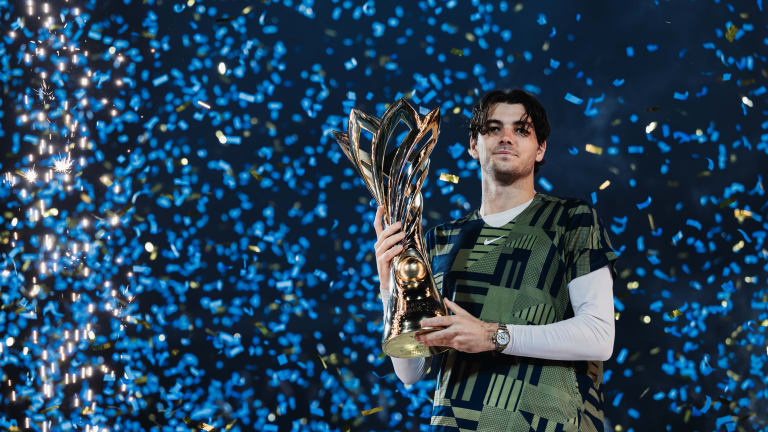Are off-season exhibitions the new tennis pre-season? Is February the new December?
By Feb 03, 2023“Now, he’s a normal player”: Jannik Sinner’s first opponent post-suspension embraces challenge
By May 09, 2025After Ruud’s win in Madrid, who are the new best men’s tennis players seeking their first "big" title?
By May 09, 2025Rome Betting Preview: Luciano Darderi vs. Jack Draper
By May 09, 2025Carlos Alcaraz returns in Rome, Coco Gauff vs. Victoria Mboko | Where to Watch, Live Stream Links
By May 08, 2025Eva Lys is ready for her tennis close-up
By May 08, 2025New American pope Leo XIV is "quite the amateur tennis player"
By May 08, 2025Quote of the Day: Iga Swiatek tries to protect her privacy in Rome
By May 08, 2025Carlos Alcaraz opens up about Juan Carlos Ferrero scene in Netflix documentary
By May 08, 2025The Boom in the Boot: How Italian tennis continues to rise
By May 08, 2025Are off-season exhibitions the new tennis pre-season? Is February the new December?
Novak Djokovic and Aryna Sabalenka hardly hung up their racquets after the 2022 season ended, and played straight through to Grand Slam victories in Melbourne.
Published Feb 03, 2023
Advertising
Advertising

Aryna Sabalenka and Novak Djokovic watch their Falcons teammates during December's World Tennis League in Dubai; a month later, they were Australian Open champions.
© Getty Images
Advertising

Reigning Wimbledon champion Elena Rybakina defeated Iga Swiatek during WTL— a result that telegraphed the Kazakh’s eventual surge in Melbourne.
© Getty Images
Advertising

Nick Kyrgios and Stefanos Tsitsipas teamed up during the Diriyah Tennis Cup in Saudi Arabia during the off-season.
© Getty Images for MatchMaker
Advertising

Taylor Fritz triumphed in Riyadh (pictured) and at United Cup, but later fell in the second round at the Australian Open.
© Getty Images for MatchMaker